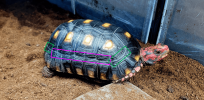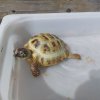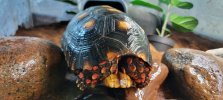Topic:
I noticed a gradual depression forming between the Costal and Marginal scutes of my 6 year old Cherryhead Tortoise. Now, I know this doesn't affect the health of the tortoise. For sake of discussion, I was curious if anyone else has observed near zero pyramiding between the Vertebral and Marginal scutes, but then a depression between the Costal and Marginal scutes (And a bit between the marginal scutes themselves) and what the cause might be.
Scute Diagram:

My tortoise with slight valley between costal and marginal scutes:
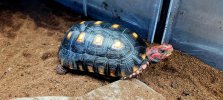
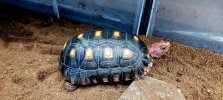
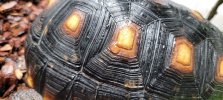
Tortoises with zero pyramiding for comparison:



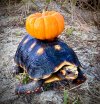
I noticed a gradual depression forming between the Costal and Marginal scutes of my 6 year old Cherryhead Tortoise. Now, I know this doesn't affect the health of the tortoise. For sake of discussion, I was curious if anyone else has observed near zero pyramiding between the Vertebral and Marginal scutes, but then a depression between the Costal and Marginal scutes (And a bit between the marginal scutes themselves) and what the cause might be.
Scute Diagram:

My tortoise with slight valley between costal and marginal scutes:



Tortoises with zero pyramiding for comparison:




